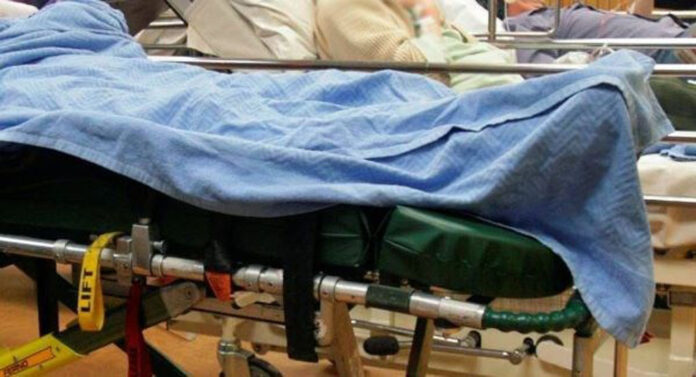OVERCROWDING at University Hospital Limerick (UHL) is continuing to create records for the wrong reasons after 91 patients were left waiting for a hospital bed on Tuesday.
UHL continues to record the highest number of patients on trolleys this week, and the level of overcrowding is considerably worse than most acute hospitals throughout the country.
In fact, the Trolley Watch figure of 91 on Tuesday is just one short of 92, the record for the highest number of patients on trolleys for an acute hospital – set in UHL on January 6, 2020.
This figure is the highest for any acute hospital during the Covid-19 pandemic, and shows no signs of reducing dramatically in light of the huge surge in hospital admissions in recent weeks.
The number of patients on trolleys in UHL went up from 67 on Friday to 90 on Monday, climbed slightly to 91 on Tuesday before a slight reduction to 90 on Wednesday.
There were 44 confirmed Covid-19 patients in UHL, which was the highest in the country, including eight in the Intensive Care Unit (ICU) on Monday.
This is in addition to 27 suspected cases in the hospital the same day.
Last week, the INMO warned that overcrowding is now reaching a “very dangerous” level when the number of patients on trolleys peaked at 85.
In a statement issued to the Clare Champion on Wednesday, the UL Hospitals’ Group confirmed it is cancelling elective care in the hospital.
The group deeply regret that so many patients are currently experiencing such lengthy wait times for a bed in UHL. These are not the circumstances in which the group wish to provide care, and we are doing everything we can to ensure that wait times are minimised.
The group acknowledged the extraordinary efforts of staff in the face of current service pressures. It is managing high demand for serviceson a number of fronts, including significant numbers of Covid-19 patients; an outbreak that has impacted four inpatient wards; and a surge in emergency presentations at the hospital that has been sustained for several months at this point.
The group’s main priority in managing the Covid-19 outbreak has been to keep the hospital safe for patients in need of emergency care, and for those scheduled to attend for surgery, diagnostic investigations and outpatient appointments.
While cancelling elective care is included in their escalation plan as a matter of last resort, this is not a decision to be made lightly and affects many patients who have already faced long delays in care due to the pandemic and the cyber attack.
It is unfortunate that the additional bed capacity has not had a more significant impact in reducing the number of admitted patients waiting for a bed.
October to date has shown no trend of reversal in demand for emergency services. Last month, average daily attendances at the ED were 240, 23% higher than the 195 daily average in 2019, the last full year pre-pandemic. During September, daily attendances exceeded 250 on 14 days of the month, reaching a high of 290. On only two days of the month were attendances fewer than 200. This trend has continued into October, which has seen on average 243 people attending on weekdays, and a relatively high average of 190 attendances for the two weekends in the month so far.
It noted attendances to their ED up to August increased by 14% on the corresponding period last year and that emergency admissions increased by 11%. Compared to 2019, there was an increase of 4% in ED attendances and 4% in emergency admissions for the corresponding period.
The number of inpatients discharged in the second quarter of this year, at 9,451, was 25% up on the corresponding period in 2020 and 30% up on the same period in 2019.
by Dan Danaher

